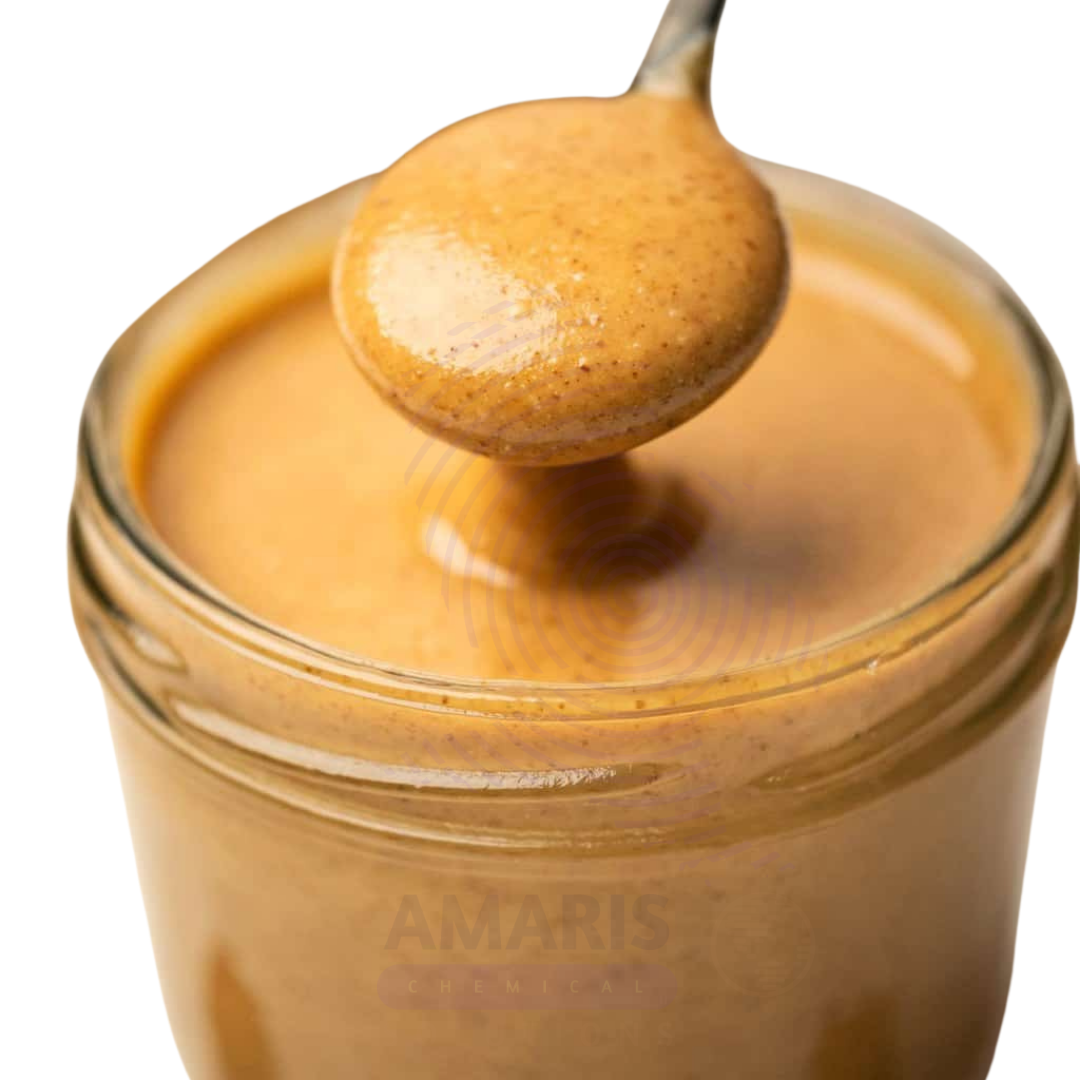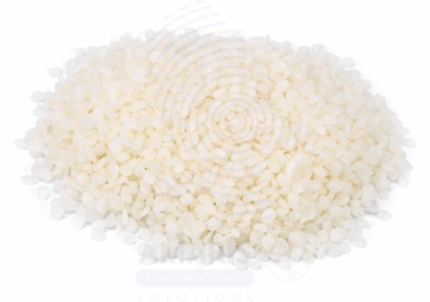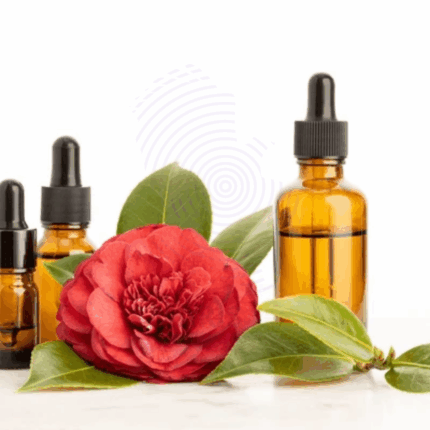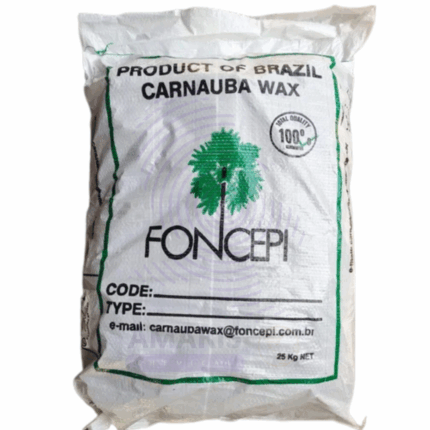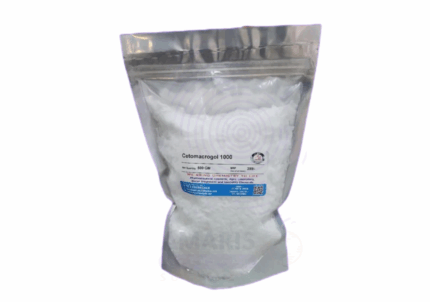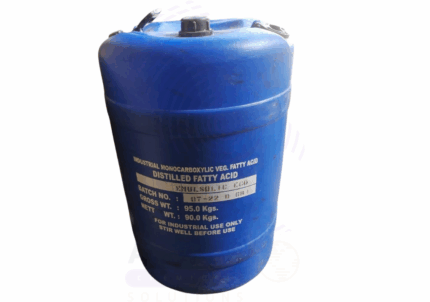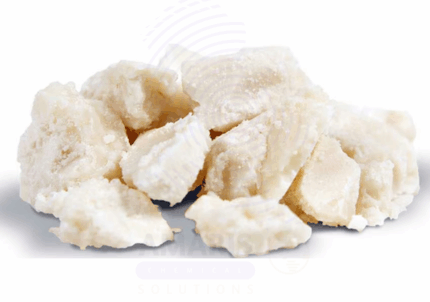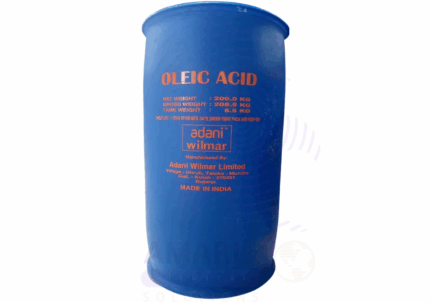Almond Butter
Almond Butter is a smooth, creamy paste made by grinding roasted or raw almonds into a nutrient-rich spread. It retains the natural oils and flavor of almonds, offering a mild, nutty aroma and rich, buttery texture. Almond Butter is packed with monounsaturated fats, protein, vitamin E, magnesium, and antioxidants, making it a highly valued ingredient in the food, nutraceutical, and personal care industries.
In cosmetics and skincare, Almond Butter is prized for its emollient properties, making it a popular base for creams, balms, and body butters. It provides skin-softening, moisturizing, and barrier-protecting benefits. In the food and beverage industry, it is used as a spread, in smoothies, baked goods, energy bars, and dairy alternatives. It is also included in specialty pet food and wellness formulations.
Almond Butter
Primary Uses
- Food and Beverage Industry
- Used as a spread for toast, crackers, and sandwiches.
- Added to smoothies, shakes, and bowls for flavor and nutrition.
- Incorporated in baked goods like cookies, brownies, and energy bars.
- Used in non-dairy products like almond milk yogurts, desserts, and sauces.
- Applied in health foods and sports nutrition formulations due to its high protein and healthy fat content.
- Included in baby foods and fortified snacks for natural nutrition.
- Cosmetics and Personal Care
- Used as a base in body butters, lip balms, and facial creams for its rich emollient properties.
- Helps moisturize and protect dry, flaky, or sensitive skin.
- Incorporated into hand creams, foot balms, and massage butters for nourishing texture and skin conditioning.
- Acts as a skin-softening agent in soaps and bath products.
- Suitable for natural, vegan, and organic cosmetic formulations.
- Pharmaceuticals and Nutraceuticals
- Used in protein-rich nutraceutical supplements and fortified food products.
- Included in therapeutic food formulations for patients with nutritional deficiencies.
- Acts as a fat source in controlled diets or recovery nutrition plans.
- Employed in topical formulations as a carrier for fat-soluble vitamins and actives.
Secondary Uses
- Pet Nutrition and Care
- Incorporated into premium pet foods and treats for protein and palatability.
- Used in pet skincare balms and paw butters for moisture retention.
- Specialty and Artisan Products
- Used in handmade skin care, wellness balms, and spa products.
- Featured in gourmet spreads and confectionery (e.g., filled chocolates, truffles).
- Hair Care
- Occasionally used in hair masks and leave-in conditioners for dry, curly, or coarse hair.
- Adds softness and shine while helping to reduce frizz.
1. Basic Identification Attributes
- Botanical Name: Prunus amygdalus dulcis
- Common/Trade Name: Almond Butter
- INCI Name: Prunus Amygdalus Dulcis (Sweet Almond) Butter
- CAS Number: Not applicable (natural blend)
- HS Code: 1515.21
- Synonyms: Almond Paste, Almond Spread
2. Physical & Chemical Properties
- Physical State: Semi-solid to soft paste
- Color & Odor: Off-white to light brown; mild, nutty aroma
- Texture: Smooth, creamy, soft butter
- Melting Point: Approx. 25–35 °C
- Solubility: Insoluble in water; dispersible in oils
- pH Value: Neutral (approx. 5.5–7)
3. Safety & Hazard Attributes
- GHS Classification: Not classified as hazardous
- Toxicity: Non-toxic; food-safe
- Allergen Information: Contains almond proteins; allergenic to nut-sensitive individuals
- Exposure Limits: None under normal use conditions
4. Storage & Handling Attributes
- Storage Conditions: Store in a cool, dry place away from sunlight and moisture
- Container Type: Food-grade plastic or aluminum jars, drums, or pails
- Shelf Life: 12 to 18 months under optimal storage conditions
- Handling Precautions: Use clean, dry utensils to prevent microbial contamination
5. Regulatory & Compliance Attributes
- Complies with food-grade regulations (FDA, EFSA) when intended for consumption
- Suitable for use in certified organic and vegan formulations (if sourced accordingly)
- Manufactured under GMP and HACCP-compliant facilities
- GRAS status for food applications
6. Environmental & Health Impact
- Biodegradability: Readily biodegradable
- Ecotoxicity: Low environmental impact
- Bioaccumulation: Not bioaccumulative
Safety Handling Precautions
- PPE Required: None for normal handling; gloves may be used in manufacturing
- Handling Guidelines: Avoid water contamination; keep sealed to prevent oxidation and spoilage
First Aid Measures
- Inhalation: Not applicable
- Skin Contact: Safe under normal use; discontinue if irritation occurs (rare)
- Eye Contact: Rinse with water if accidentally introduced
- Ingestion: Edible; no action required unless allergic reaction occurs
Firefighting Measures
- Fire Hazards: Combustible at high temperatures
- Extinguishing Media: Foam, dry chemical, or CO₂
- Special Precautions: Avoid direct flame; oil-rich material may splatter
- Hazardous Combustion Products: Carbon oxides under combustion


 Preservatives(food)
Preservatives(food) Flavor Enhancers
Flavor Enhancers Acidulants
Acidulants Sweeteners
Sweeteners Antioxidants
Antioxidants Colorants(food)
Colorants(food) Nutraceutical Ingredients (food)
Nutraceutical Ingredients (food) Nutrient Supplements
Nutrient Supplements Emulsifiers
Emulsifiers
 Collectors
Collectors Dust Suppressants
Dust Suppressants Explosives and Blasting Agents
Explosives and Blasting Agents Flocculants and Coagulants
Flocculants and Coagulants Frothers
Frothers Leaching Agents
Leaching Agents pH Modifiers
pH Modifiers Precious Metal Extraction Agents
Precious Metal Extraction Agents
 Antioxidants(plastic)
Antioxidants(plastic) Colorants (Pigments, Dyes)
Colorants (Pigments, Dyes) Fillers and Reinforcements
Fillers and Reinforcements Flame Retardants
Flame Retardants Monomers
Monomers Plasticizers
Plasticizers Polymerization Initiators
Polymerization Initiators Stabilizers (UV, Heat)
Stabilizers (UV, Heat)
 Antifoaming Agents
Antifoaming Agents Chelating Agents
Chelating Agents Coagulants and Flocculants
Coagulants and Flocculants Corrosion Inhibitors
Corrosion Inhibitors Disinfectants and Biocides
Disinfectants and Biocides Oxidizing Agents
Oxidizing Agents pH Adjusters
pH Adjusters Scale Inhibitors( water)
Scale Inhibitors( water)
 Antioxidants(cosmetic)
Antioxidants(cosmetic) Emollients
Emollients Fragrances and Essential Oils
Fragrances and Essential Oils Humectants
Humectants Preservatives
Preservatives Surfactants(cosmetic)
Surfactants(cosmetic) Thickeners
Thickeners UV Filters
UV Filters
 Fertilizers
Fertilizers Soil Conditioners
Soil Conditioners Plant Growth Regulators
Plant Growth Regulators Animal Feed Additives
Animal Feed Additives Biostimulants
Biostimulants Pesticides (Herbicides, Insecticides, Fungicides)
Pesticides (Herbicides, Insecticides, Fungicides)
 Active Pharmaceutical Ingredients (APIs)
Active Pharmaceutical Ingredients (APIs) Excipients
Excipients Solvents(pharmaceutical)
Solvents(pharmaceutical) Antibiotics
Antibiotics Antiseptics and Disinfectants
Antiseptics and Disinfectants Vaccine Adjuvants
Vaccine Adjuvants Nutraceutical Ingredients (pharmaceutical)
Nutraceutical Ingredients (pharmaceutical) Analgesics & Antipyretics
Analgesics & Antipyretics
 Analytical Reagents
Analytical Reagents Solvents(lab)
Solvents(lab) Chromatography Chemicals
Chromatography Chemicals Spectroscopy Reagents
Spectroscopy Reagents microbiology-and-cell-culture-reagents
microbiology-and-cell-culture-reagents Molecular Biology Reagents
Molecular Biology Reagents Biochemical Reagents
Biochemical Reagents Inorganic and Organic Standards
Inorganic and Organic Standards Laboratory Safety Chemicals
Laboratory Safety Chemicals Specialty Laboratory Chemicals(Special Laboratory Equipment)
Specialty Laboratory Chemicals(Special Laboratory Equipment)
 Demulsifiers
Demulsifiers Hydraulic Fracturing Fluids
Hydraulic Fracturing Fluids Scale Inhibitors(oil)
Scale Inhibitors(oil) Surfactants(oil)
Surfactants(oil) Drilling Fluids
Drilling Fluids
 Dyes and Pigments
Dyes and Pigments Bleaching Agents
Bleaching Agents Softening Agents
Softening Agents Finishing Agents
Finishing Agents Antistatic Agents
Antistatic Agents
 Admixtures
Admixtures Waterproofing Agents
Waterproofing Agents Sealants and Adhesives
Sealants and Adhesives Curing Compounds
Curing Compounds Concrete Repair Chemicals
Concrete Repair Chemicals Anti-Corrosion Coatings
Anti-Corrosion Coatings
 Surfactants(cleaning)
Surfactants(cleaning) Builders
Builders Enzymes
Enzymes Solvents (Cleaning)
Solvents (Cleaning) Fragrances
Fragrances
 Electronic Chemicals
Electronic Chemicals Catalysts
Catalysts Lubricants
Lubricants Photographic Chemicals
Photographic Chemicals Refrigerants
Refrigerants Automotive chemicals
Automotive chemicals Pyrotechnic Chemicals
Pyrotechnic Chemicals
 Biodegradable Surfactants
Biodegradable Surfactants Bio-based Solvents
Bio-based Solvents Renewable Polymers
Renewable Polymers Carbon Capture Chemicals
Carbon Capture Chemicals Wastewater Treatment Chemicals
Wastewater Treatment Chemicals
 Pigments
Pigments Solvents(paint)
Solvents(paint) Specialty Coatings
Specialty Coatings Binders/Resins
Binders/Resins Additives
Additives Driers
Driers Anti-Corrosion Agents
Anti-Corrosion Agents Functional Coatings
Functional Coatings Application-Specific Coatings
Application-Specific Coatings
 Fresh Herbs
Fresh Herbs Ground Spices
Ground Spices Whole Spices
Whole Spices Spice Blends
Spice Blends Dried Herbs
Dried Herbs
 Leavening Agents
Leavening Agents Dough Conditioners
Dough Conditioners Flour Treatments
Flour Treatments Fat Replacers
Fat Replacers Decoratives
Decoratives Preservatives(baking)
Preservatives(baking)
 Plasticizers & Softeners
Plasticizers & Softeners Reinforcing Agents
Reinforcing Agents Adhesion Promoters
Adhesion Promoters Vulcanizing Agents
Vulcanizing Agents Antidegradants
Antidegradants Blowing Agents
Blowing Agents Fillers & Extenders
Fillers & Extenders Accelerators & Retarders
Accelerators & Retarders